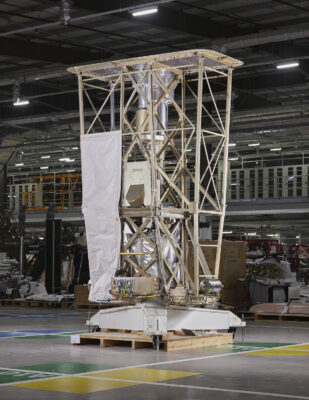Dr Shannon Lucid’s extraordinary life , which fellow astronaut John Fabian described as a ‘triumph of the human spirit,’ are an inspiration to many who followed in her footsteps to work in spaceflight and space science. Although she went on to achieve remarkable milestones during her time at NASA, Lucid had to overcome many obstacles to become one of the first American women astronauts in 1978.
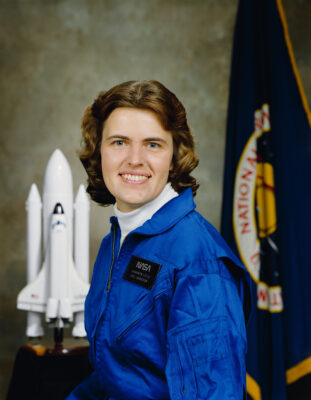
Born in Shanghai, China during World War II to Baptist missionary parents in 1943, Lucid (nee Wells) had dreamt of adventure ever since her first airplane ride at the age of five. Her determined nature showed early on when at 17, she wrote to Time magazine to ask why female candidates were not being accepted into the first NASA astronaut classes. Fascinated by space exploration from a young age, Lucid attended the University of Oklahoma to study chemistry and gained her degree in 1963, taking flying lessons to achieve her private pilot’s license during her undergraduate years. Despite her private license, she unfortunately faced pushback in gaining a commercial license due to women not being taken seriously in the profession at the time.
Determined to fly and get to space, Lucid took all the steps she could to get there and focused on honing her profession as a scientist. Lucid held several research assistant positions, gained her PhD in biochemistry in 1973, and won a post as a Research Associate at the Oklahoma Medical Research Foundation. She was also fortunate that attitudes towards female astronauts were on the cusp of change, a long overdue correction to the previously dismissive stance of NASA towards women astronauts.
While there had been steps forward made in the 1960’s – including Russian cosmonaut Valentina Tereshkova becoming the first woman in space in 1963 – it was only in the 1970s that NASA became more open to the idea of female astronauts. In 1973, NASA finally announced that an American woman would go into orbit, however it took three more years to agree on the recruitment process.
The criteria had previously been limited to those with jet pilot experience, which few women could obtain due to limited opportunities for women in commercial aviation until the 1970s. Eventually the ‘mission specialist’ role was created. This role allowed female scientists, engineers, and researchers to become astronauts using their scientific skills to perform vital experiments and maintenance in space, such as deploying satellites from the Space Shuttle to conduct space experiments.
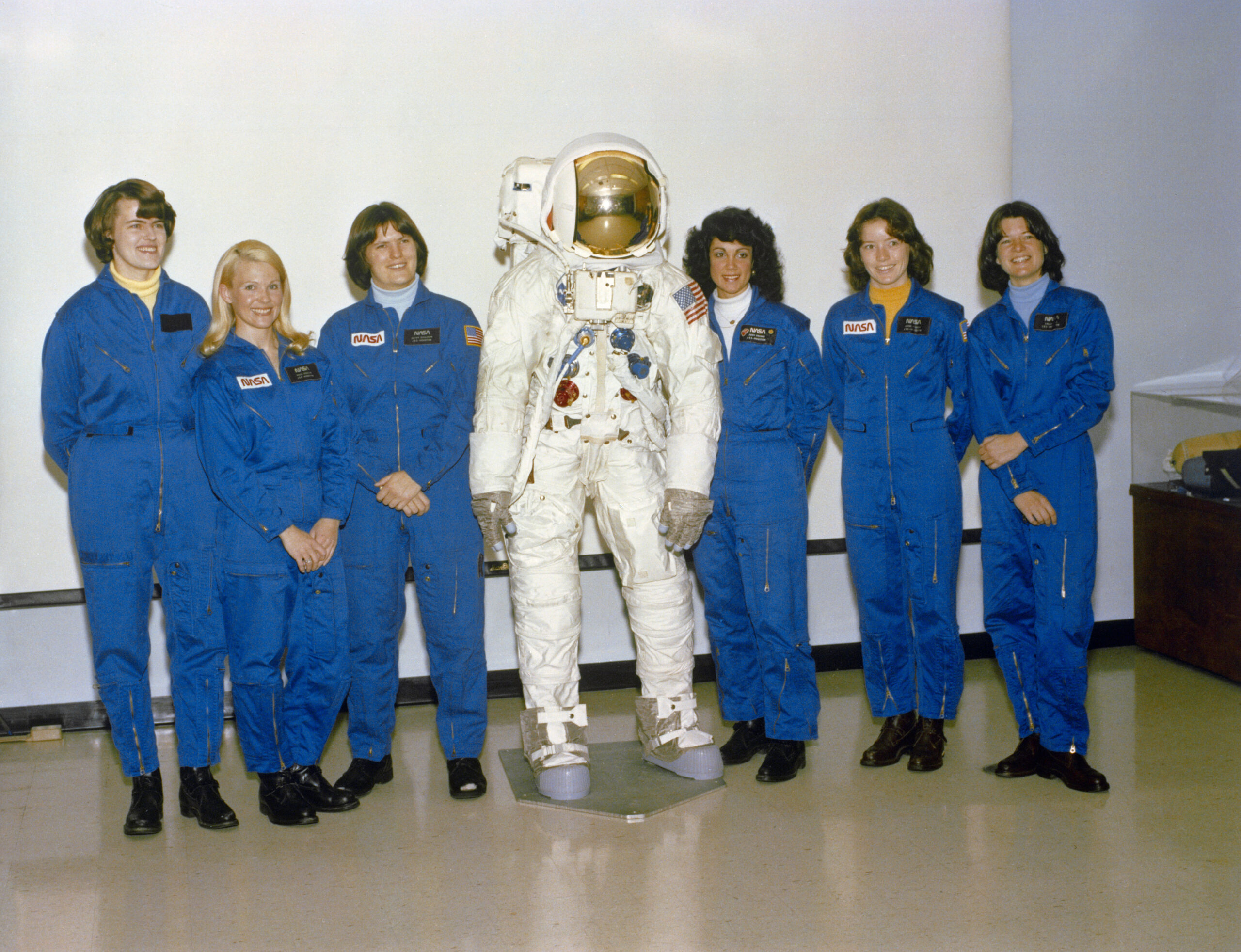
After having ‘scrambled’ to complete and submit her application for astronaut candidacy, Lucid was confirmed as one of the first six American female astronauts to be trained for spaceflight by NASA in 1978. The six women of the NASA Astronaut group became public figures, subject to press attention, all the while undertaking rigorous classroom learning, flight training, learning how to assist with releasing satellites and maintain the spacecraft. The six astronauts were conscious that they were pioneers but were ambivalent about the scrutiny that came with it – they were subject to far more pressure than male colleagues and wanted to be seen as astronauts in their own right.
While Lucid ended up being the last of the six women in this astronaut group to fly, she surpassed them all in the endurance record she set while in space. Lucid went on five missions, totalling 5,354 hours (223.08 days) in space by the end of her spaceflight career, which was the most by any woman until 2007 when her record was broken by Sunita Williams on the International Space Station (ISS).
Lucid’s time in space involved initiating the safe deployment of the Galileo spacecraft, the first space probe to orbit Jupiter, both supervising its positioning and successful boost out of Earth’s orbit. She also oversaw the release of NASA’s fifth Tracking and Data Relay Satellite, part of the network of satellites which relay communication between NASA spacecrafts, the ISS and Earth. In 1991, she was assigned to the Spacelab life sciences mission, which involved physical and neurological experiments on crew to help understand how humans adapt to weightlessness.
Lucid’s longest spaceflight was on the Mir Space Station from March to September 1996, totalling 188 days. For this mission, she learned Russian and spent a year at training at Star City, the Russian cosmonaut training centre. Lucid performed many valuable life science and physical science experiments during her time in orbit, including growing wheat in a tiny greenhouse onboard and studying the behaviour of fire in a microgravity environment. Her time on the Mir station is also credited with warming up the relationship between the two powers battling in the space race for decades previously, the US and Russia (previously USSR).
To recognise her pioneering efforts and importance, she was awarded the Congressional Space Medal of Honor in December 1996, making her the first woman to be accorded the honour.
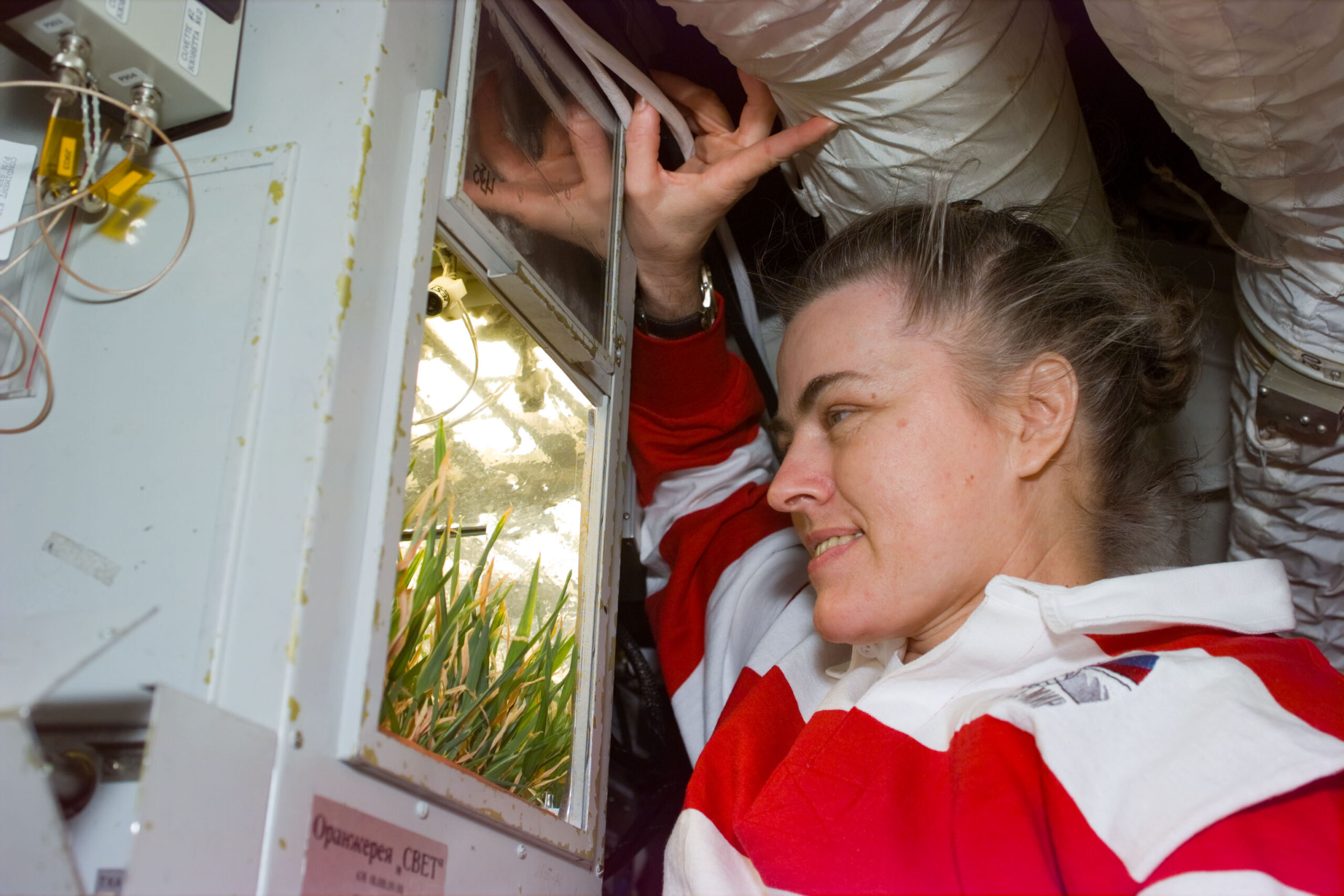
Lucid’s spaceflight career spanned technological leaps in spaceflight, the progress of the Cold War and many of NASA’S missions but her journeys to space had personal resonance for her, too. As the daughter of missionaries, she once said, “The Baptists wouldn’t let women preach, so I had to become an astronaut to get closer to God than my father!”. Even after her career as an astronaut, she stayed with NASA to oversee future missions as Chief Scientist from 2002-2003. Her role included communicating the space agency’s scientific goals to the wider world, and spending time in Mission Control talking to orbiting crews in the ISS as Capsule Communicator, until 2012 when she retired.
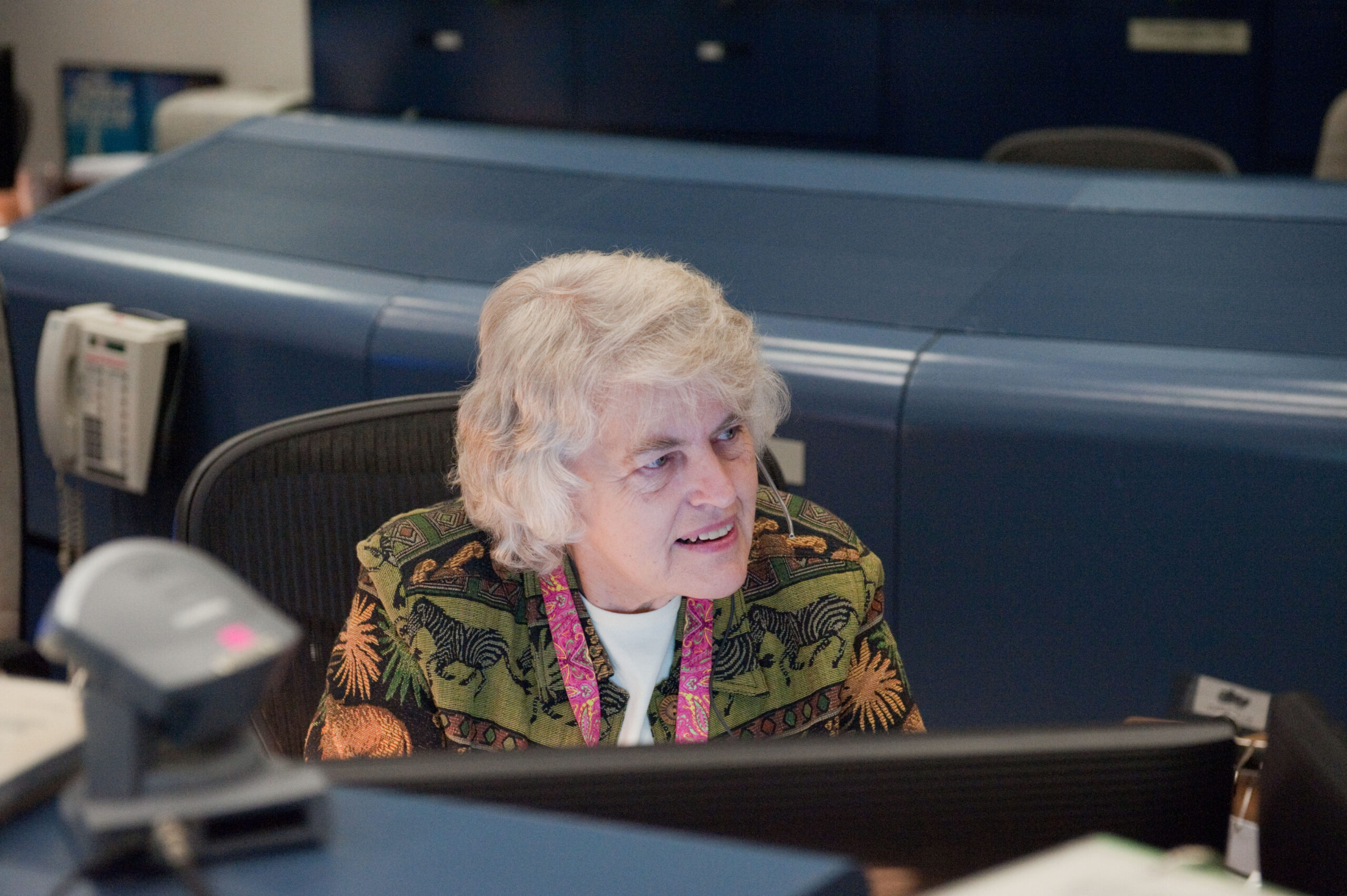
Almost 50 years since Lucid’s astronaut cohort, NASA is now looking to build on its firsts with their Artemis II mission, the first moon mission in 50 years. Astronauts Victor Glover and Christina Koch are to go on the mission, making them the first person of colour and first woman to go to the Moon. Lucid’s pioneering career has inspired many women who have gone on to have brilliant careers in space exploration. Astronaut and biochemist Peggy Whitson, another pioneering spaceflight record holder, said of Lucid that she, ‘paved the way for so many of us” and was “a model astronaut” who “always brought a smile to our faces.’
Congratulations Shannon Lucid: your contributions to the history of spaceflight, NASA’s missions and in-space experiments continue to inspire generations of future scientists looking up at the stars!
